If you’re new here, hi, my name is Jamie and I’m obsessed with all things guava. Growing up in a Cuban family means you were brought up with guava fruit, guava paste, guava nectar, and all types of homemade recipes using guava.
If you’ve never heard of guava, I’m happy to share more about this amazing fruit!
What is Guava Fruit?
Guava fruit is a tropical fruit that originated in Central America but it is now cultivated in many tropical regions including parts of Asia, the Caribbean, South America, and Florida.
It has grown in Cuba since colonial times, introduced by the Spanish during their colonization of the Americas. Cuba’s warm climate and fertile soil provided an ideal environment for guava trees to thrive across the island.
This tropical fruit has a nutrient-dense fruit packed with vitamins, minerals, and antioxidants. It’s an excellent source of vitamin C, vitamin A, potassium, and fiber.
Guava has a special place in Cuban Cuisine for its versatility. We use guava in traditional Cuban desserts, such as pastelitos de guayaba, pastries filled with guava paste. These pastries are often enjoyed as a sweet treat or served alongside Cuban espresso.
Beyond desserts, we also use guava in savory dishes like guava bbq chicken wings. The sweetness of the guava complements the savory flavors of the meat, creating a delicious contrast.

Different Varieties
There are over 30 varieties of guava, each with its own unique characteristics. Some of the most common varieties include the white-fleshed guava and pink-fleshed guava.
- White-fleshed guavas have green to yellow-ish skin with white flesh, similar to an apple. They are the most common variety and more tangy-sweet in flavor, almost like a mix between a strawberry and a lemon.
- Pink-fleshed guavas are known as ‘red guavas’ for their pink-reddish insides. They look like limes from the outside with green skin. However, similar to strawberries, they have a sweet, tart flavor and their flesh is juicy and refreshing.
Oh and in case you were wondering… yes, you can eat the guava seeds. In fact, the seeds are edible and contribute to the texture of the fruit!
Where To Buy
We have fresh guava year-round in grocery stores and farmer’s markets here in South Florida. In general, they are available during the warmer months in grocery stores across the country.
When shopping for guavas, look for fruits that are firm with a bit of give (like when you feel a pear for ripeness). Their skin should be green, yellow, or pink, depending on the variety you prefer. And it should smell sweet and tropical!
Guava vs Other Fruits (apple, papaya, passion fruit)
While apples have a crisp texture and mild flavor, papayas are soft and have a sweet, musky taste. Passion fruits are tart and tangy with edible seeds, similar to guava. However, guava stands out with its unique tropical flavor and juicy texture!
Storage
Guavas should be stored at room temperature until ripe. Once ripe, they can be stored in the refrigerator for a few days to prolong freshness. If you have excess guavas, you can freeze them for longer-term storage. Simply slice the guavas, remove the seeds if desired, and store them in an airtight container or freezer bag.
What is Guava Paste?
Guava paste is essentially like fruit leather made by cooking the guava fruit with sugar and fresh lime juice until it becomes a very thick [delicious] paste. While the jams and marmalade are drippy, the guava paste is a thick, sticky block that’s soft enough to slice. And it tastes oh so good!
What To Make With Guava
Here are a few Cuban-inspired guava recipes that you must add to your menu rotations this week!
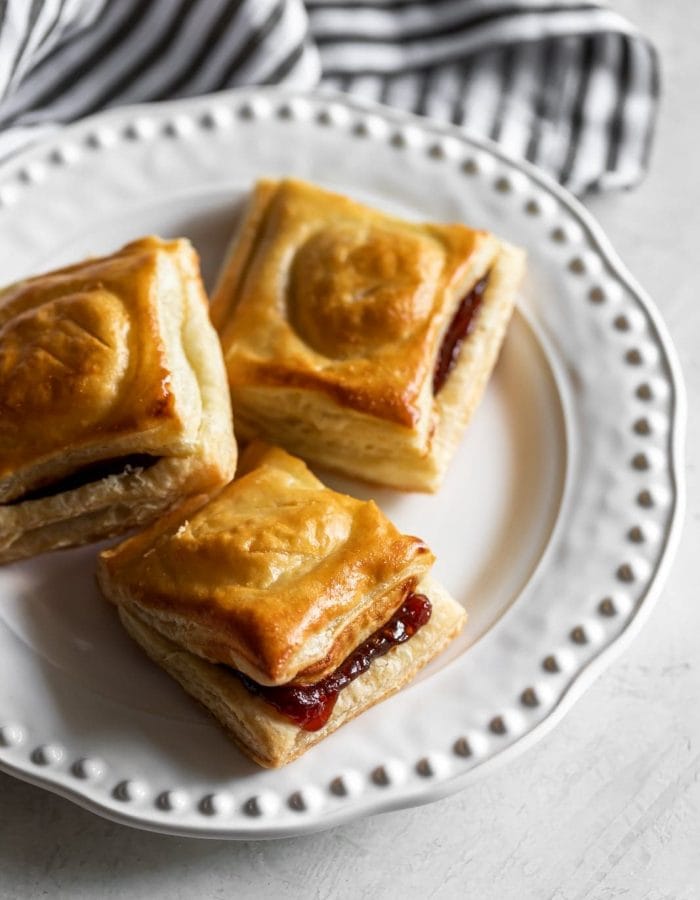

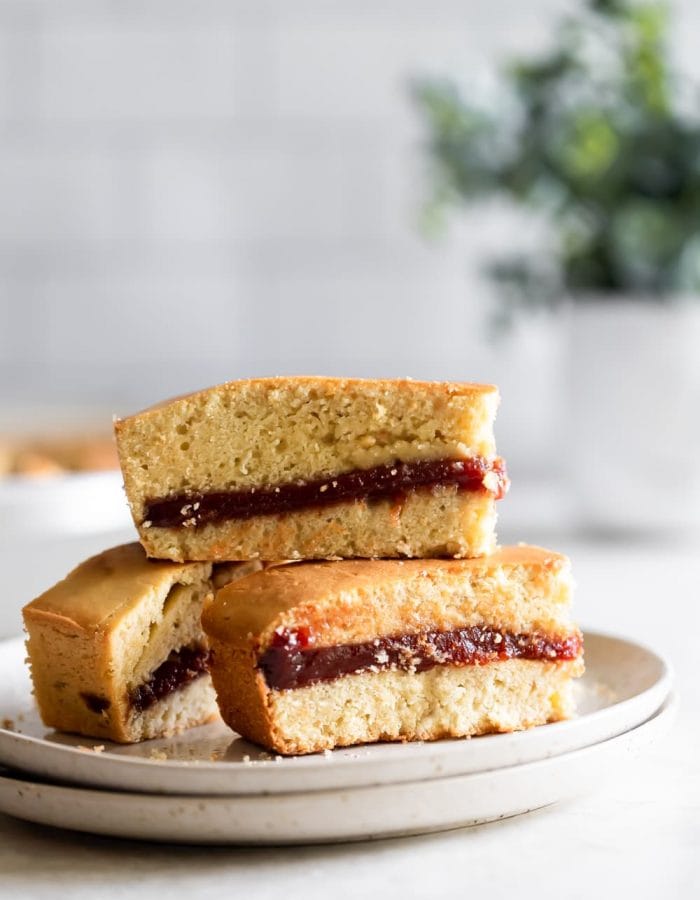
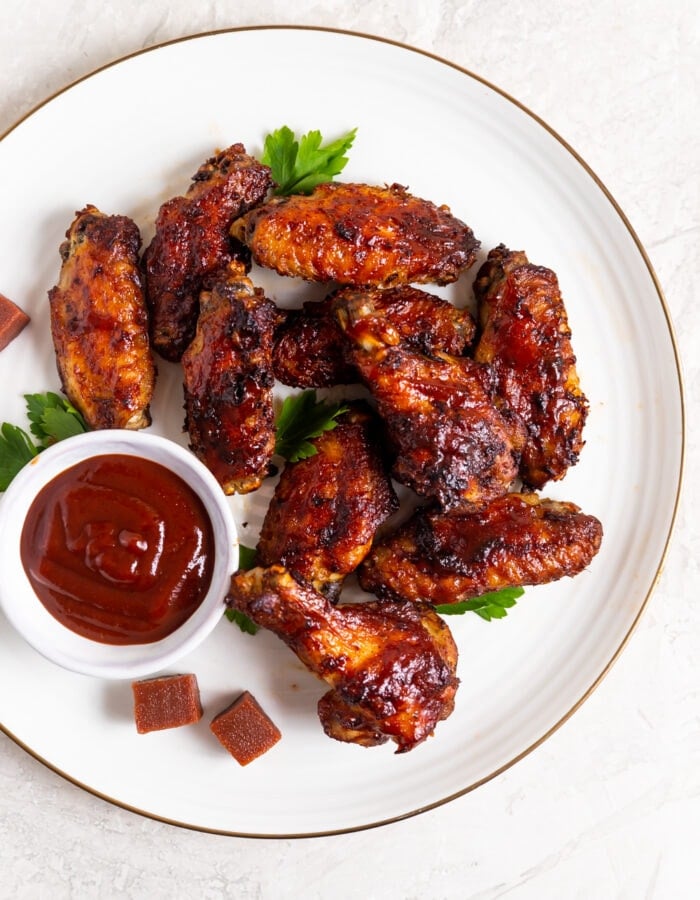
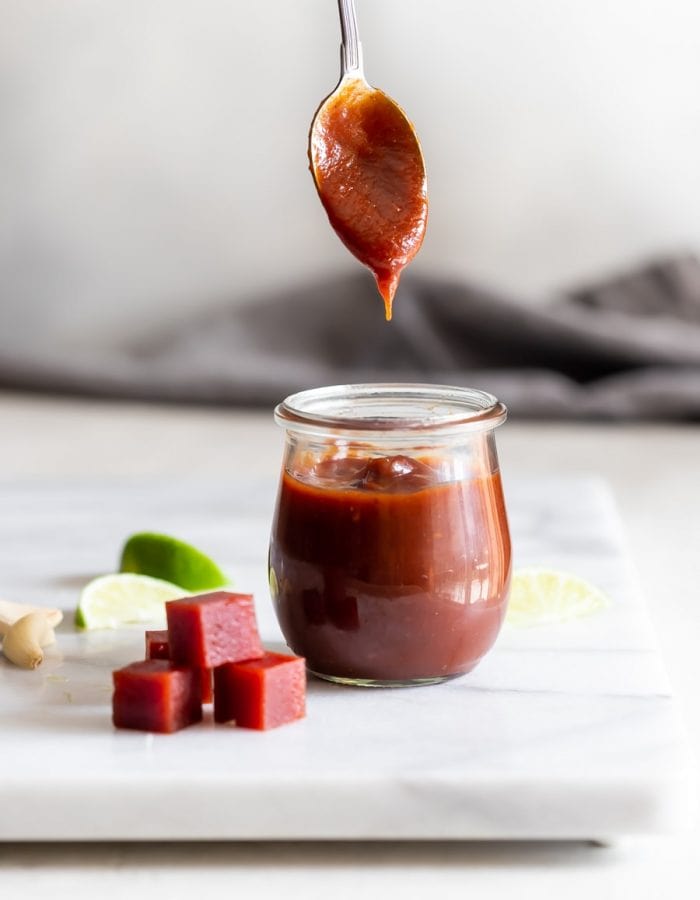


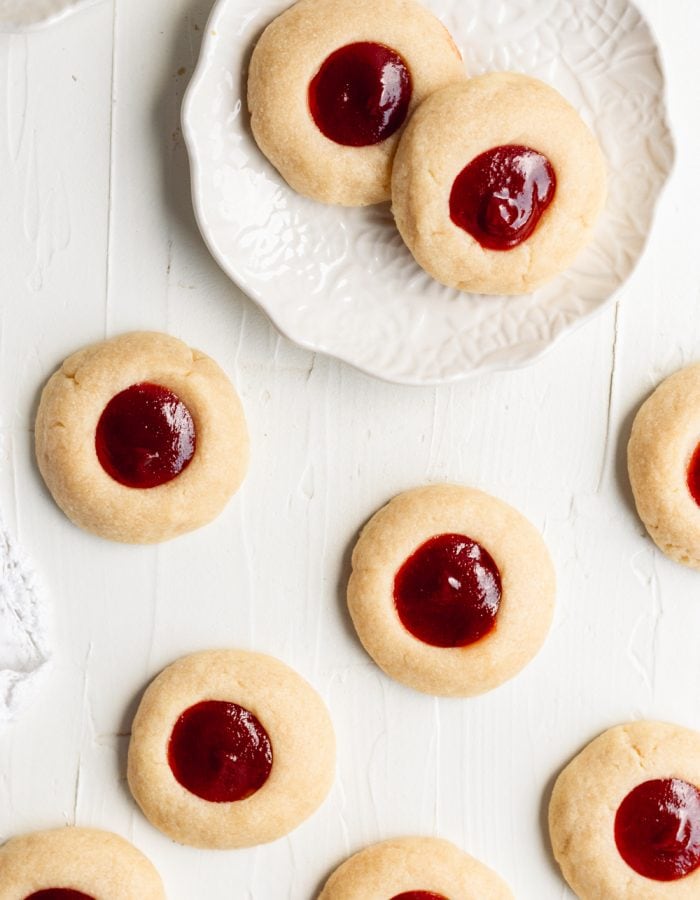
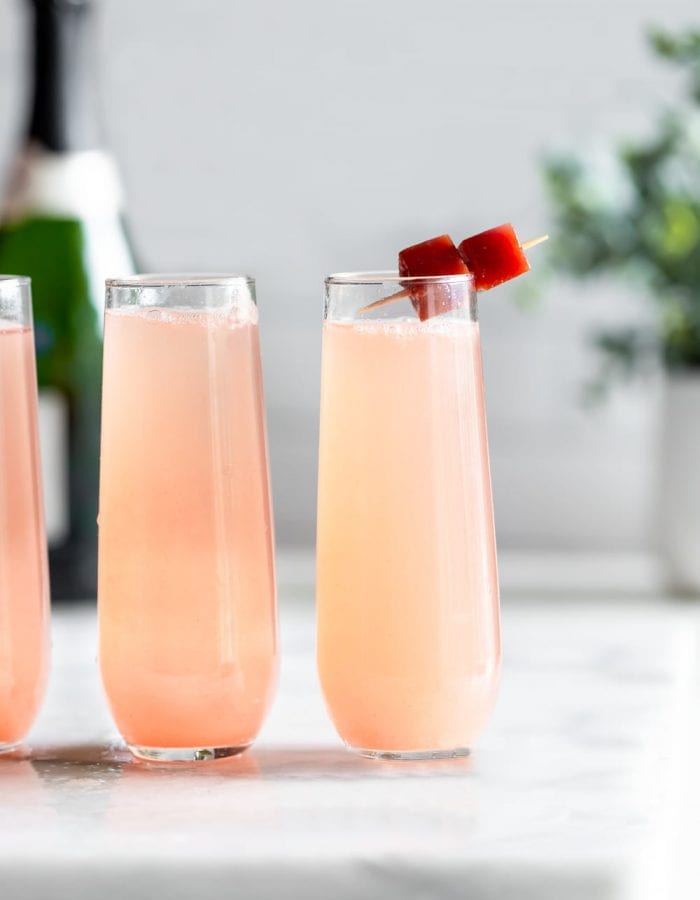

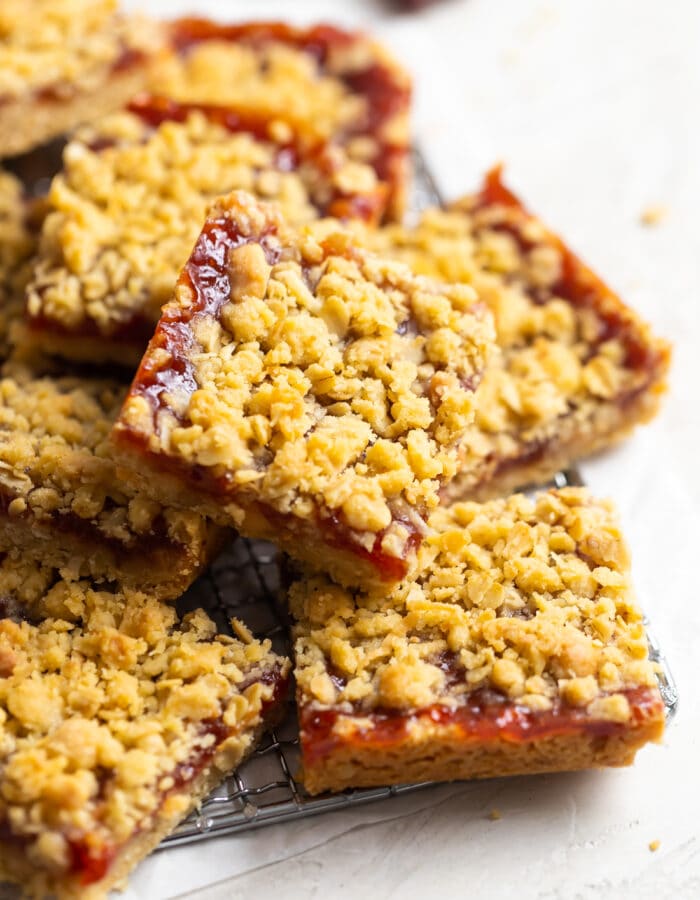

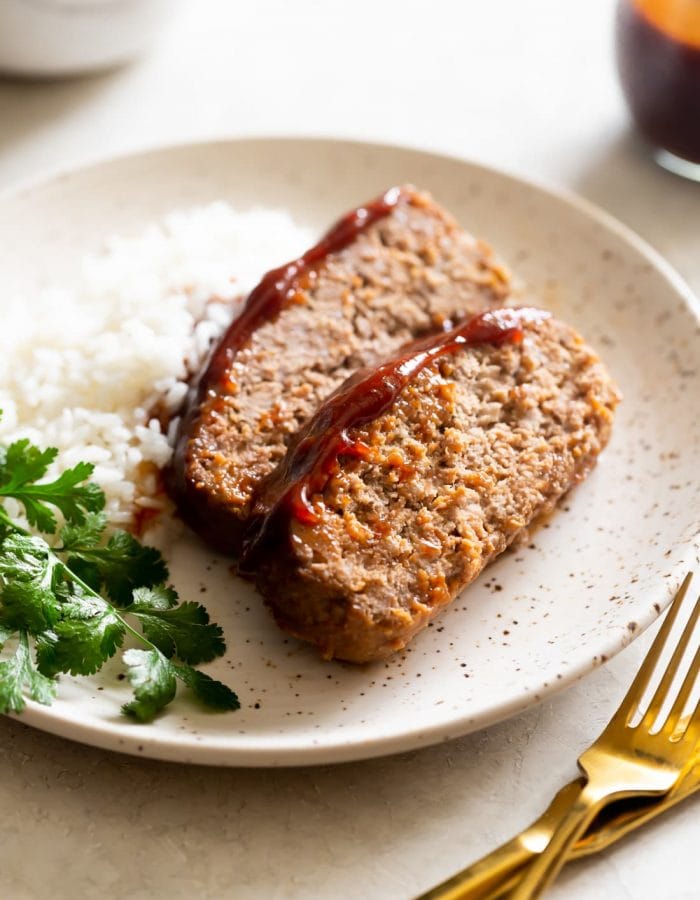

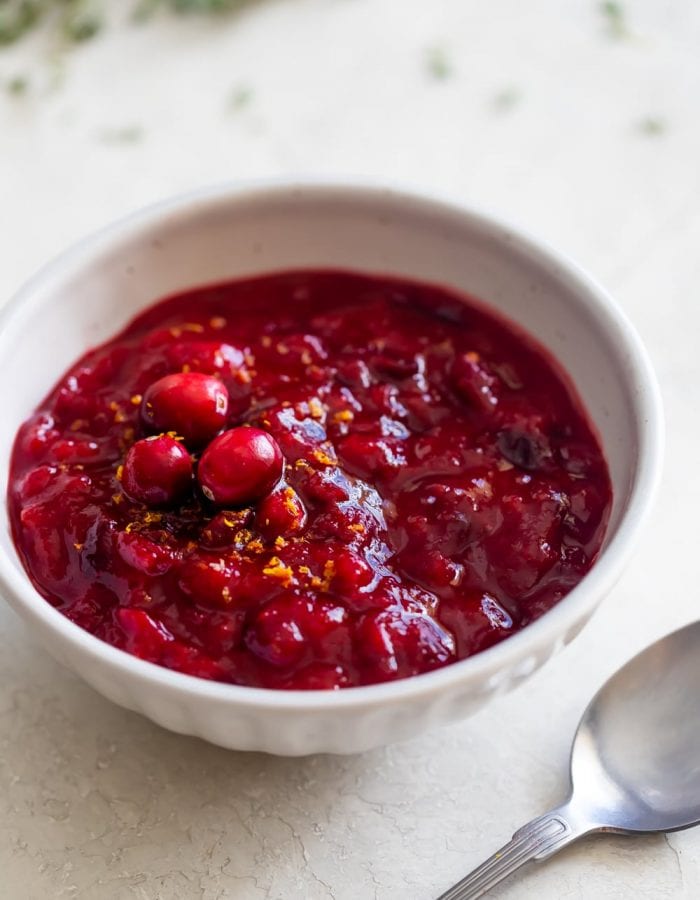

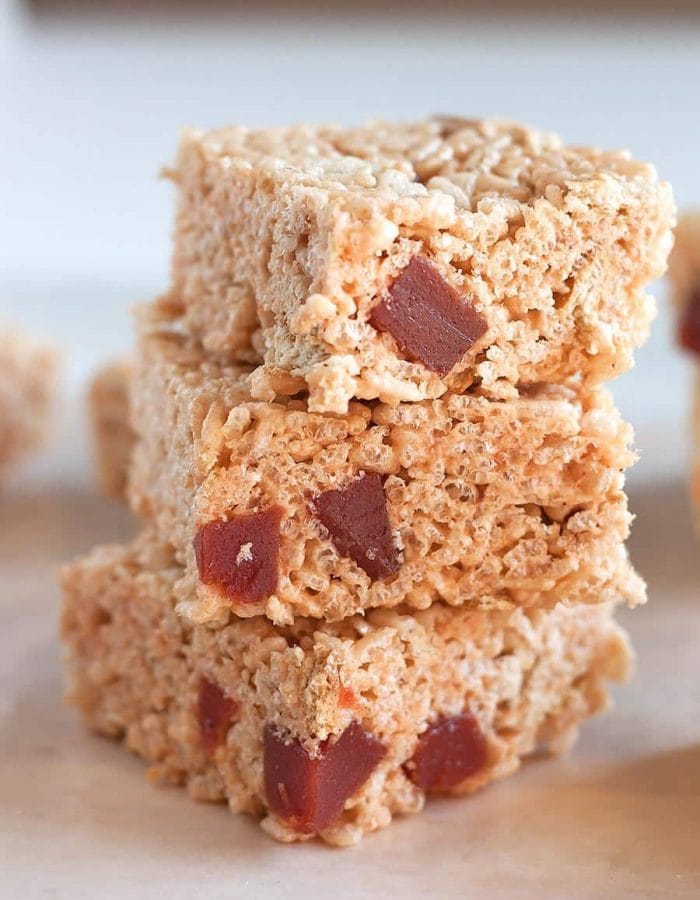
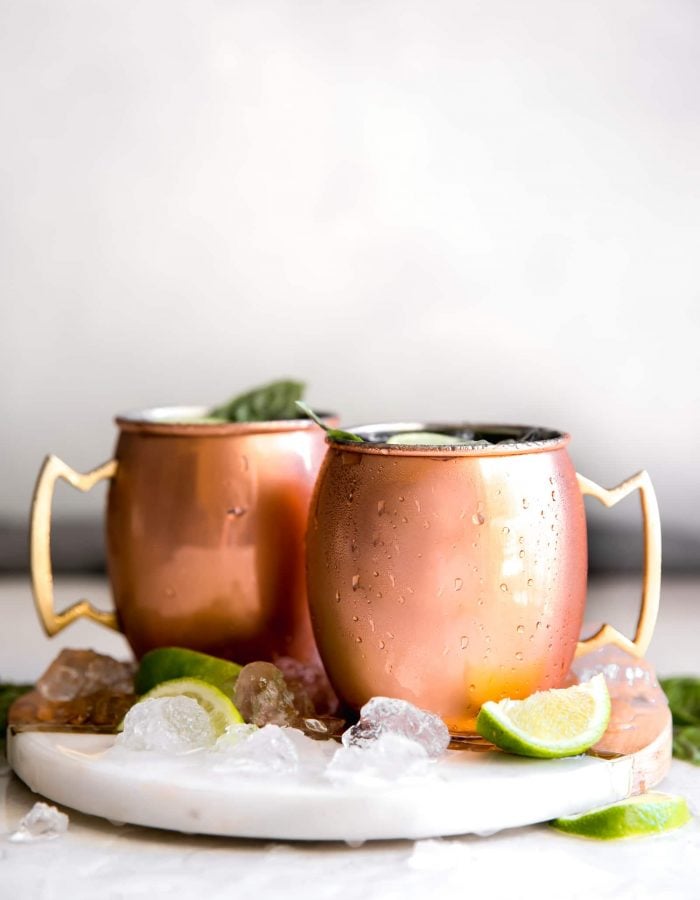

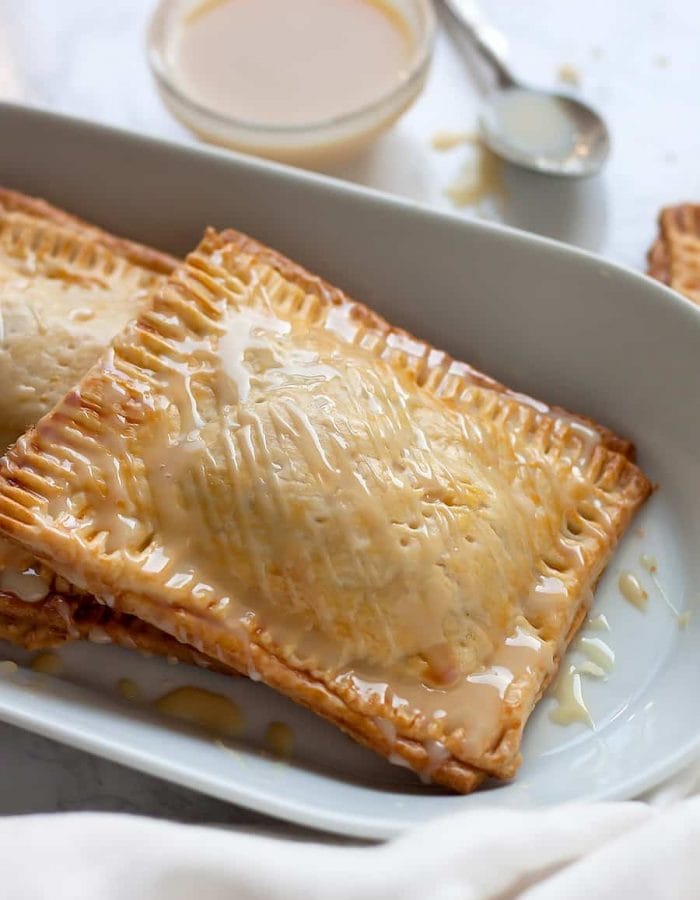









Veronica Barrientos says
You have great recipes
Theresa says
Love your recipes but do you have a recipe for guava curd? Looked every where no one has one that I can find!! Gurrr! Thank you inadvance.